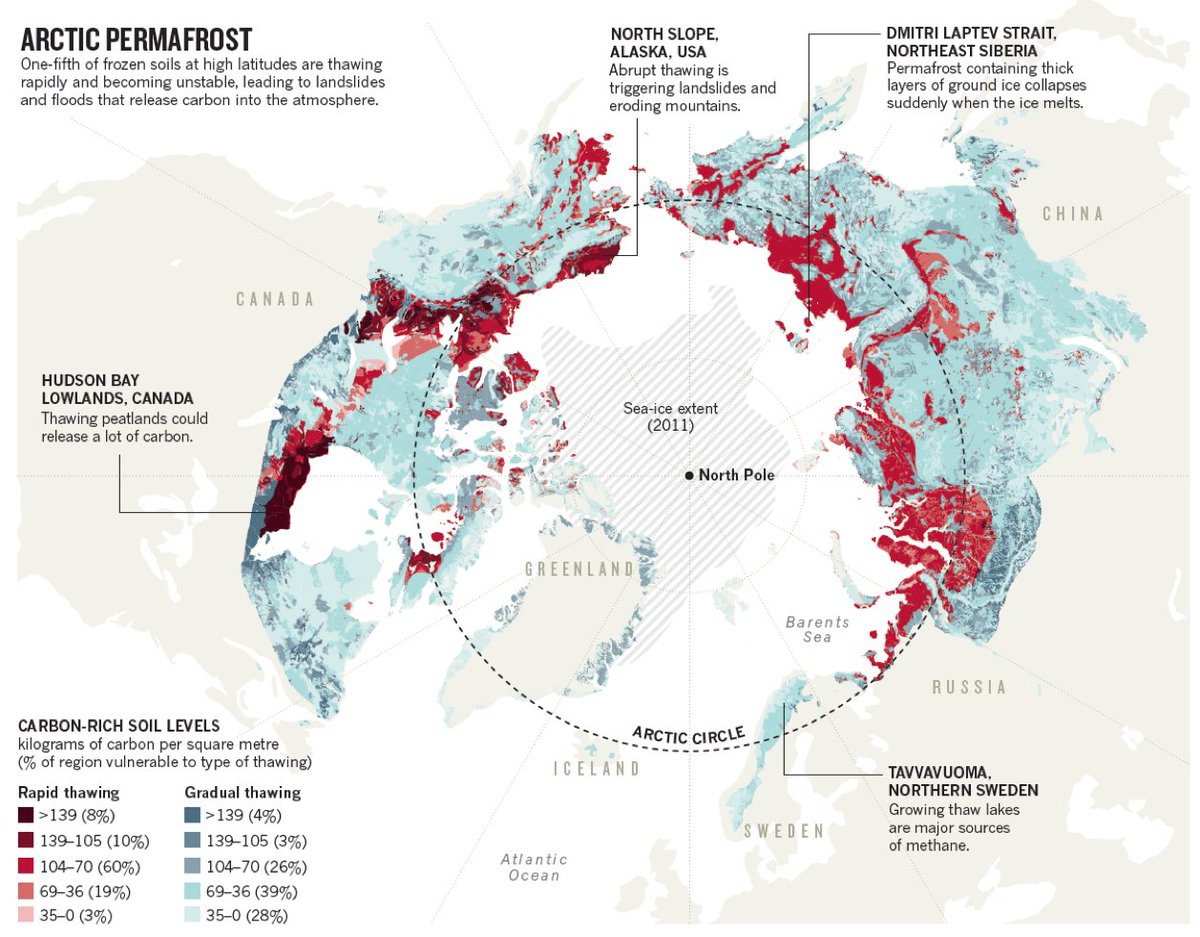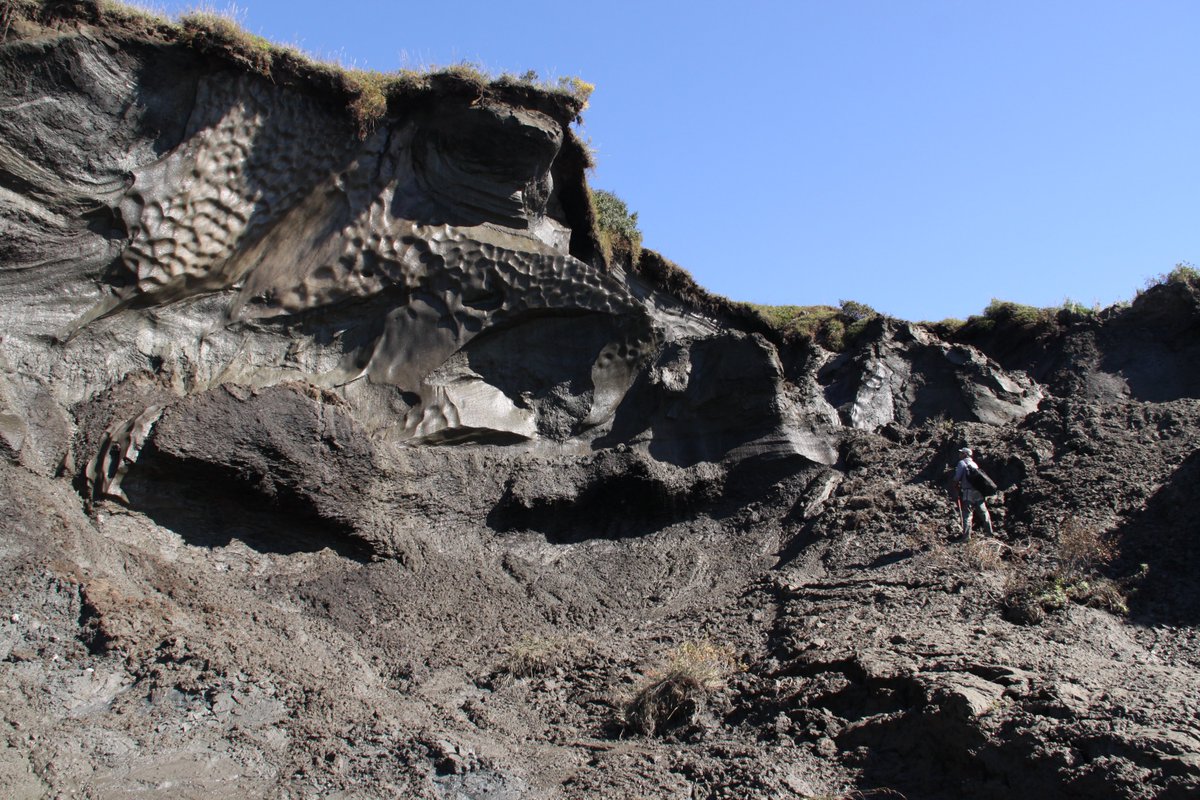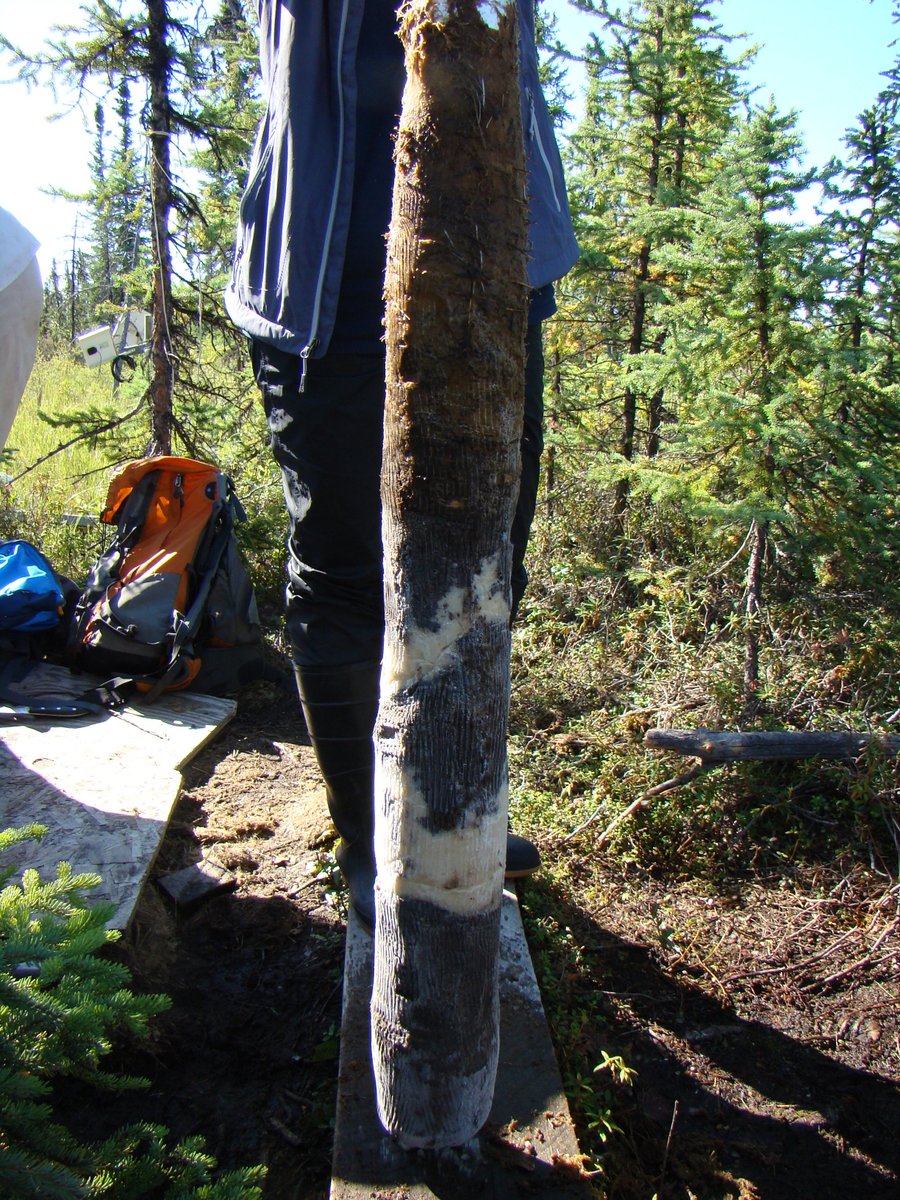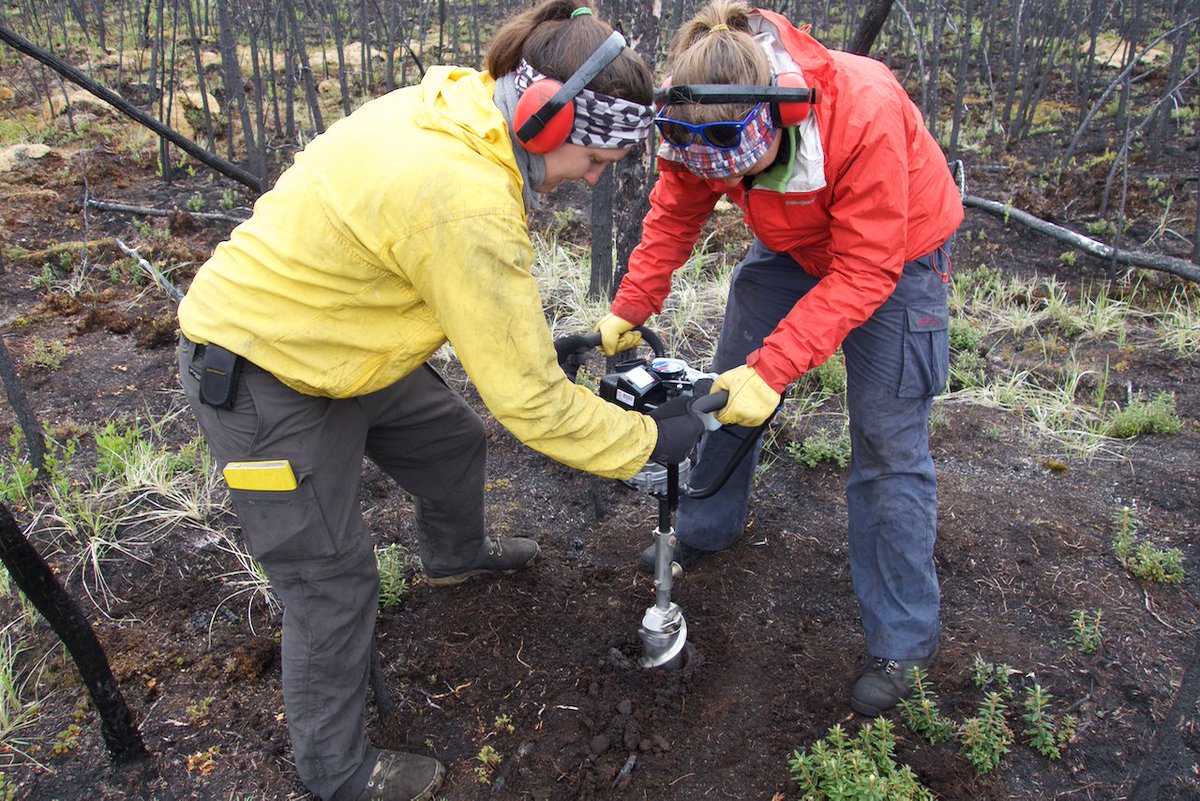
Permafrost stores 2x the amount of carbon in the atmosphere yet is not considered by many climate models. Are we totally screwed??? Here I will explain what we know and why I promote #ClimateActionNow but not panic. 1/ 

The Arctic (and its permafrost soils) is not a missing black box in any climate model, which all include Arctic soils. Until we explicitly include permafrost in these models, it is difficult to know what climate feedbacks we are missing. Likely to be in the middle. 2/ 
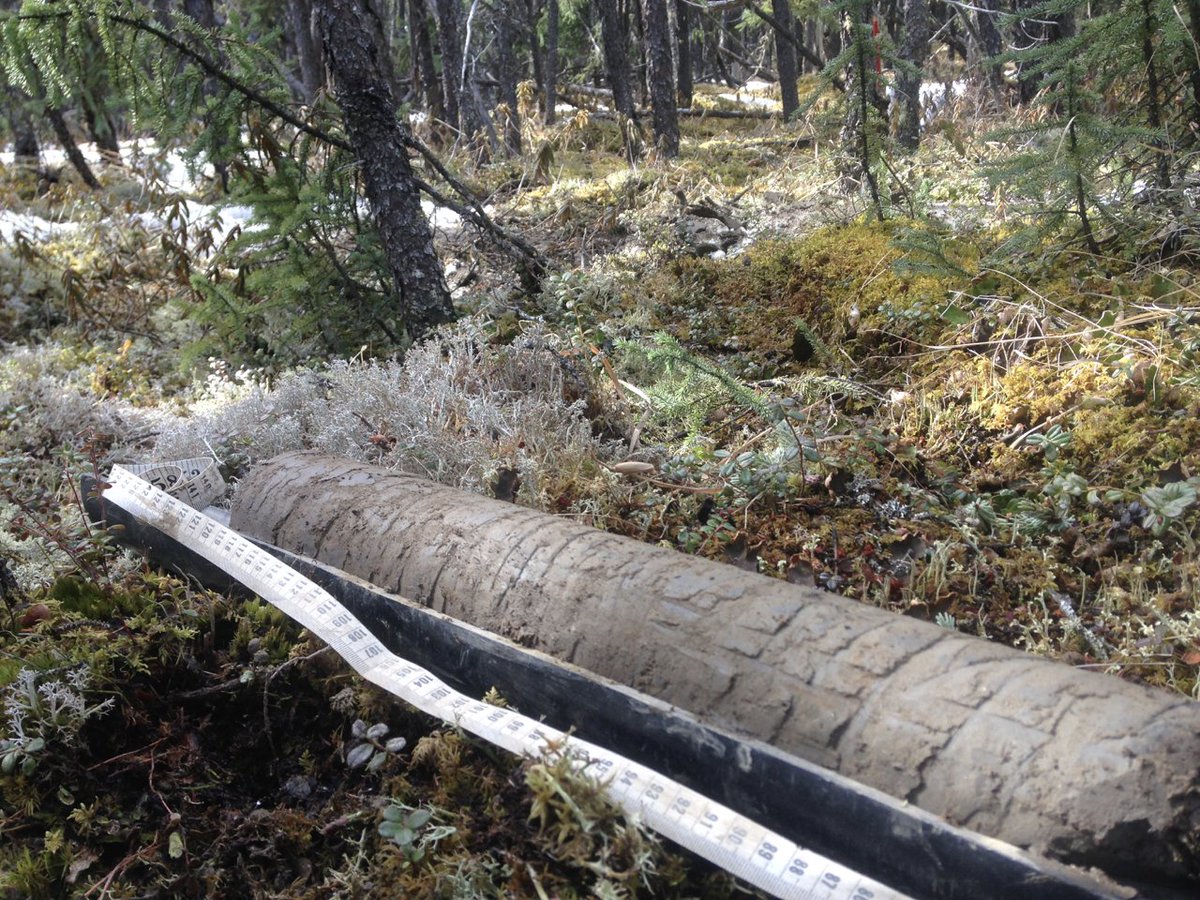
I research abrupt permafrost thaw, known to be a large source of methane. NO large scale models address abrupt thaw, yet. Ouch. Still, some portion of abrupt thaw fluxes are included in current modeling. What's the potential for overlap? More than zero, but we don't know. 3/ 

Facts: 1) Rates of permafrost thaw are increasing with rapid Arctic warming. 2) Permafrost extent on our planet is shrinking. 3) Unlike in the past, permafrost that thaws today or in the near future is unlikely to reform. Also, Arctic fires are an amplifier. 4/ 

So why do I advocate no panic?
1) the best evidence shows that reducing human emissions will keep some permafrost frozen.
2) Permafrost has resisted past warm periods. It deserves our help and RESPECT.
3) Losing permafrost is not the same as losing permafrost carbon.... 5/
1) the best evidence shows that reducing human emissions will keep some permafrost frozen.
2) Permafrost has resisted past warm periods. It deserves our help and RESPECT.
3) Losing permafrost is not the same as losing permafrost carbon.... 5/
Permafrost thaw can stimulate plant growth and entirely offset permafrost carbon losses. In other places, this won't happen. The Arctic long has been a climate champion, but we need to prepare for a state change and an Arctic that exerts its muscles on global climate. 6/
Worrying about a missing Arctic carbon bomb does not keep me awake at night. Rather, I worry that we don't have the tools to monitor the Arctic increasing its climate muscles. Improved atmospheric monitoring, field networks, climate models. Let's not panic, let's get to work. 7/7 

• • •
Missing some Tweet in this thread? You can try to
force a refresh


